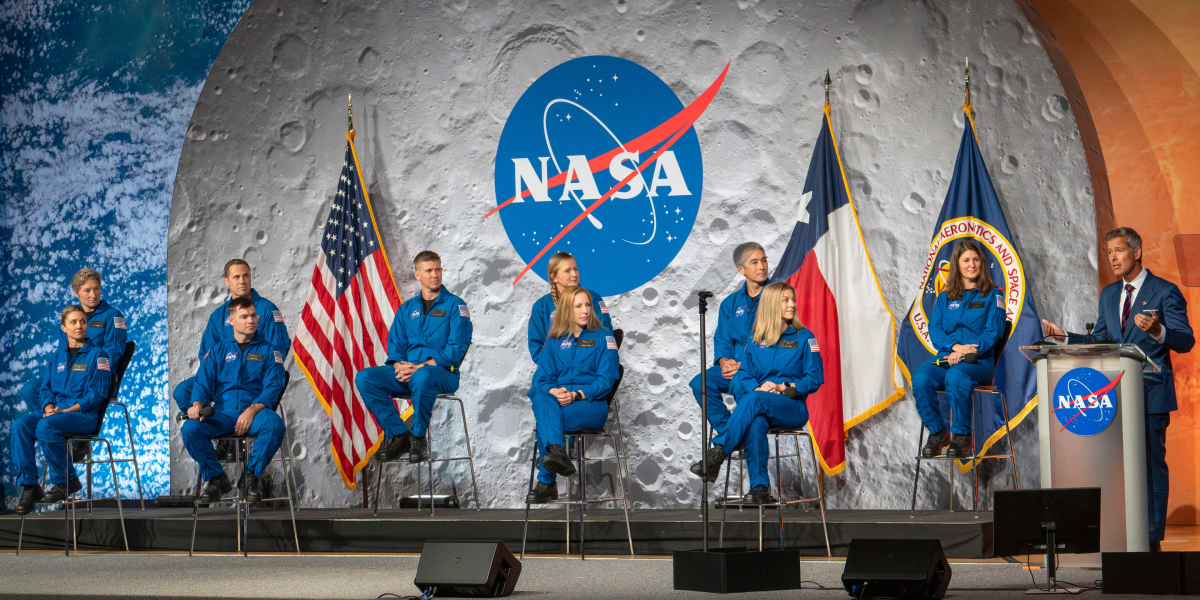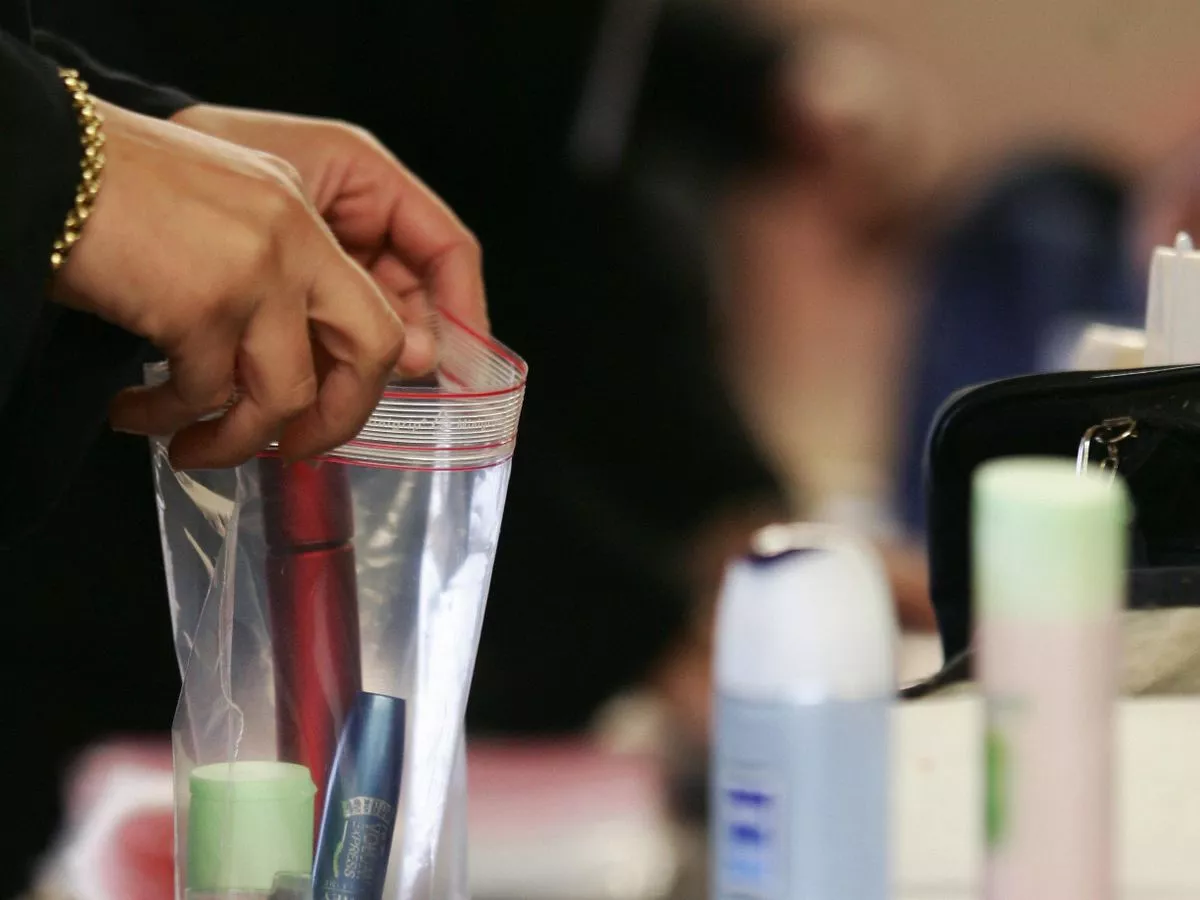With Mars missions on the wishlist, NASA picks its newest astronauts-and their salary will top $150K

On Monday, the space agency announced the 10 people chosen for its 2025 astronaut candidate class, selected from over 8,000 applicants across the U.S. That’s an acceptance rate of about 0.125%, making the odds far more daunting than Harvard’s 4% admission rate.
For the first time in NASA’s history, women outnumber men in the latest astronaut class: Six women and four men will undergo two years of intensive training, preparing for future missions to the International Space Station, the Moon, and even Mars.
“Today, our mission propels us even further as we prepare for our next giant leap with NASA’s newest astronaut candidate class,” said Vanessa Wyche, director of NASA’s Johnson Space Center, in a press release. “Representing America’s best and brightest, this astronaut candidate class will usher in the Golden Age of innovation and exploration as we push toward the Moon and Mars.”
Unlike most students, NASA astronaut candidates earn generous government salaries during their training, and if they successfully complete the program and become full astronauts, their annual pay can reach $152,000. While lucrative compared to most graduate programs, it comes with unique challenges and without the prospective of overtime and hazard pay.
For astronauts Suni Williams and Butch Wilmore, those challenges hit home recently. After initially scheduled to just spend eight days in space, technical problems arose with their Boeing Starliner spacecraft, and their trip was extended to 286 days. While astronauts receive incidental amounts for each day they’re in space, it’s only about $5 a day, meaning Williams and Wilmore netted only $1,430 apiece extra for their long-term temporary duty.
“When NASA astronauts are aboard the International Space Station, they receive regular 40-hour workweek salaries,” NASA told Fortune in a statement earlier this year. “While in space, NASA astronauts are on official travel orders as federal employees, so their transportation, lodging, and meals are provided.”
How to become a NASA astronaut candidate
Even though the NASA astronaut selection process is immensely competitive, the qualifications to apply are relatively straightforward. The requirements include:
Be a U.S. citizen
Meet one of four education requirements:
Have a master’s degree in a STEM field, including engineering, biological science, physical science, computer science or mathematics, from an accredited institution
Two years of work towards a doctoral program in a related science, technology, engineering, or math field
Completed Doctor of Medicine, Osteopathic Medicine, or related medical degree
Completion (or current enrollment that will result in completion by June 2025) of a nationally recognized test pilot school program.
Have a minimum of three years of related professional experience obtained after degree completion (or 1,000 Pilot-in-Command hours with at least 850 of those hours in high performance jet aircraft for pilots) For medical doctors, time in residency can count toward experience.
Be able to successfully complete the NASA long-duration flight astronaut physical.
While there are no age restrictions (the average age is 34), candidates must also have skills in leadership, teamwork, and communications. Once NASA begins looking for the next round of astronaut candidates, individuals must submit an application through the USAJobs portal, the same as any other federal job.
Among the 2025 class, members came from the military, private sector, medical residencies, and federal-science agencies.
Billionaires are bullish on space travel
NASA’s newest set of astronauts comes as many billionaire tech leaders become increasingly bullish on the prospects of space travel in the near future.
“In 2035, that graduating college student, if they still go to college at all, could very well be leaving on a mission to explore the solar system on a spaceship in some completely new, exciting, super well-paid, super interesting job,” OpenAI CEO Sam Altman predicted to video journalist Cleo Abram earlier this year.
And while it’s unclear if Altman’s prediction will become a reality considering the constant setbacks that plague the space exploration industry, private investment continues to surge. Jeff Bezos has reportedly sunk $14.6 billion of his own money into his space-technology company, Blue Origin. Meanwhile, Elon Musk’s SpaceX—which has arguably helped keep space innovation afloat in the U.S.—has become one of the world’s most valuable private companies, estimated at around $400 billion.



